7 Adorable & Practical Tips for Decorating with Rabbits: Creating a Pet-Integrated Space That’s Both Stylish and Safe
Table of Contents
- Why You Should Decorate with Rabbits in Mind
- Tip #1: Choose Rabbit-Safe Furniture Materials
- Tip #2: Incorporate Bunny-Friendly Zones into Your Design
- Tip #3: Use Decorative Ledges and Platforms
- Tip #4: Camouflage the Litter Box with Style
- Tip #5: Add Bunny Hiding Spots with Aesthetic Appeal
- Tip #6: Select Fabrics That Hide Fur (And Clean Easily)
- Tip #7: Create DIY Bunny Play Tunnels That Match Your Décor
- Buyer’s Guide: Must-Have Products for Rabbit-Integrated Spaces
- Conclusion: Blend Fluffiness with Functionality
Why You Should Decorate with Rabbits in Mind
Rabbits aren’t just pets—they’re family members who deserve to feel at home in your home. But let’s be honest, they can be a bit mischievous. Chewing on baseboards, hopping through delicate rugs, and leaving behind little “presents” are all part of bunny life.
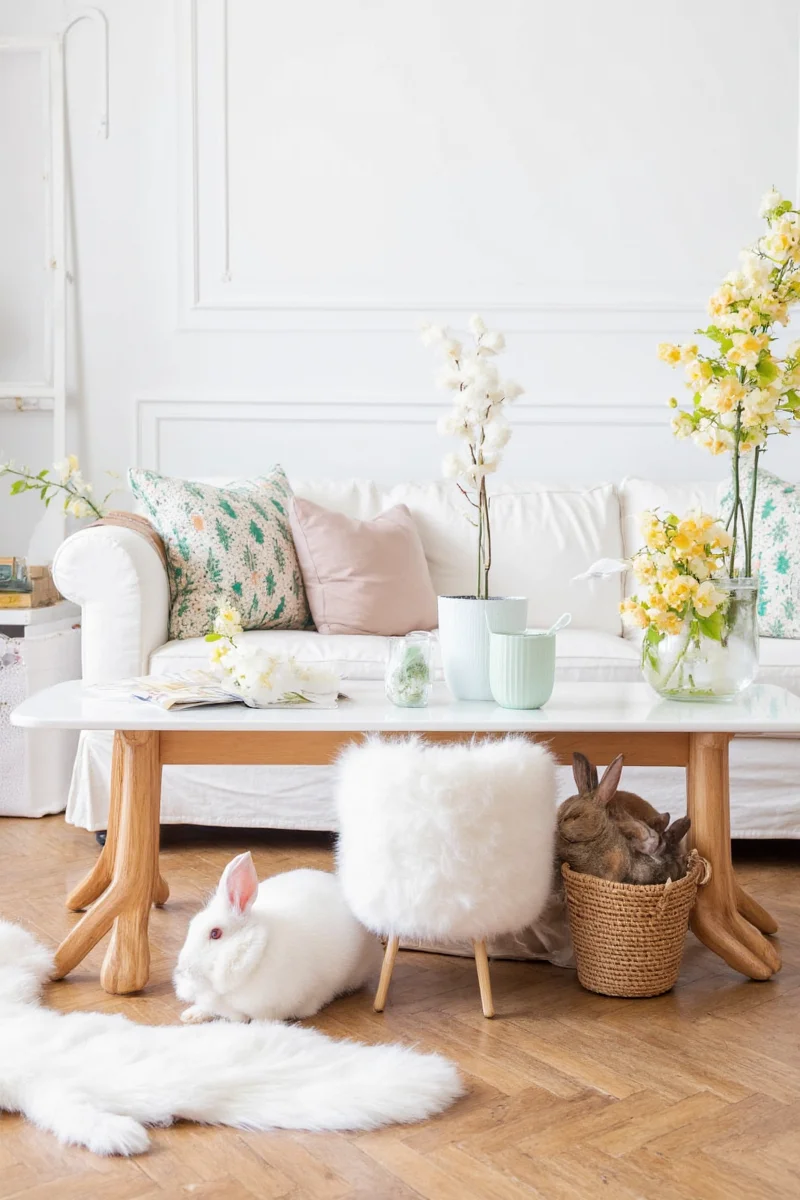
The trick is integrating their needs into your interior design seamlessly. Whether you're a seasoned bunny parent or considering adoption, here's how to make your space work beautifully for both you and your fluffy roommate.
Tip #1: Choose Rabbit-Safe Furniture Materials
Rabbits chew. It’s not a behavior you can eliminate—it’s a survival instinct. So, instead of fighting it, channel it into safe, stylish alternatives.
- Opt for solid wood furniture over particle board or MDF—bunnies love the texture and it’s more durable.
- Add corner guards made from natural sisal or rattan to protect your favorite sofa legs.
- Use non-toxic, food-grade finishes like beeswax or mineral oil on wooden pieces.
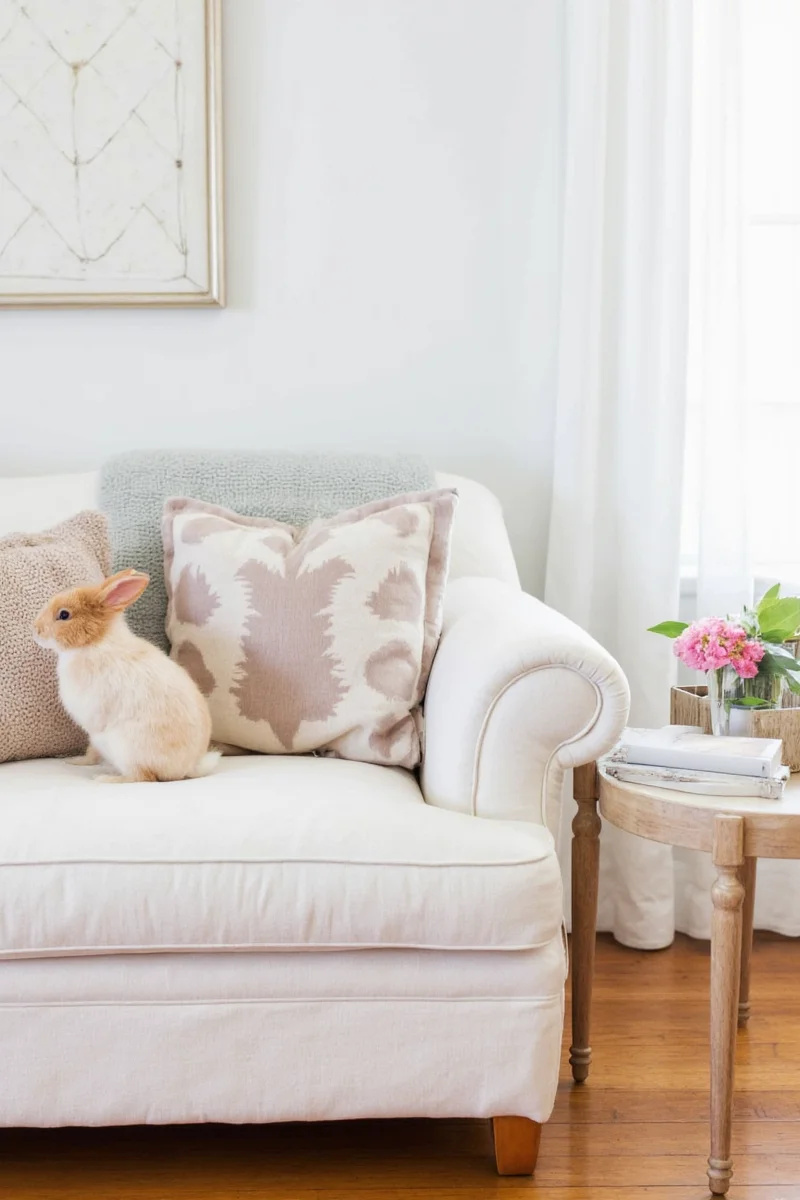
Pro tip: If you want a modern look, choose pieces with rounded edges to minimize damage from burrowing.
Tip #2: Incorporate Bunny-Friendly Zones into Your Design
Think of your space as a playground for your rabbit. Designate specific zones where they can roam freely, chew, and play without disrupting your décor.
- Create a “chew zone” with sturdy baskets filled with hay and untreated wood chews.
- Design a “relaxation zone” using soft mats and low-profile furniture.
- Build a “play zone” near bookshelves or cabinets—rabbits love vertical exploration!
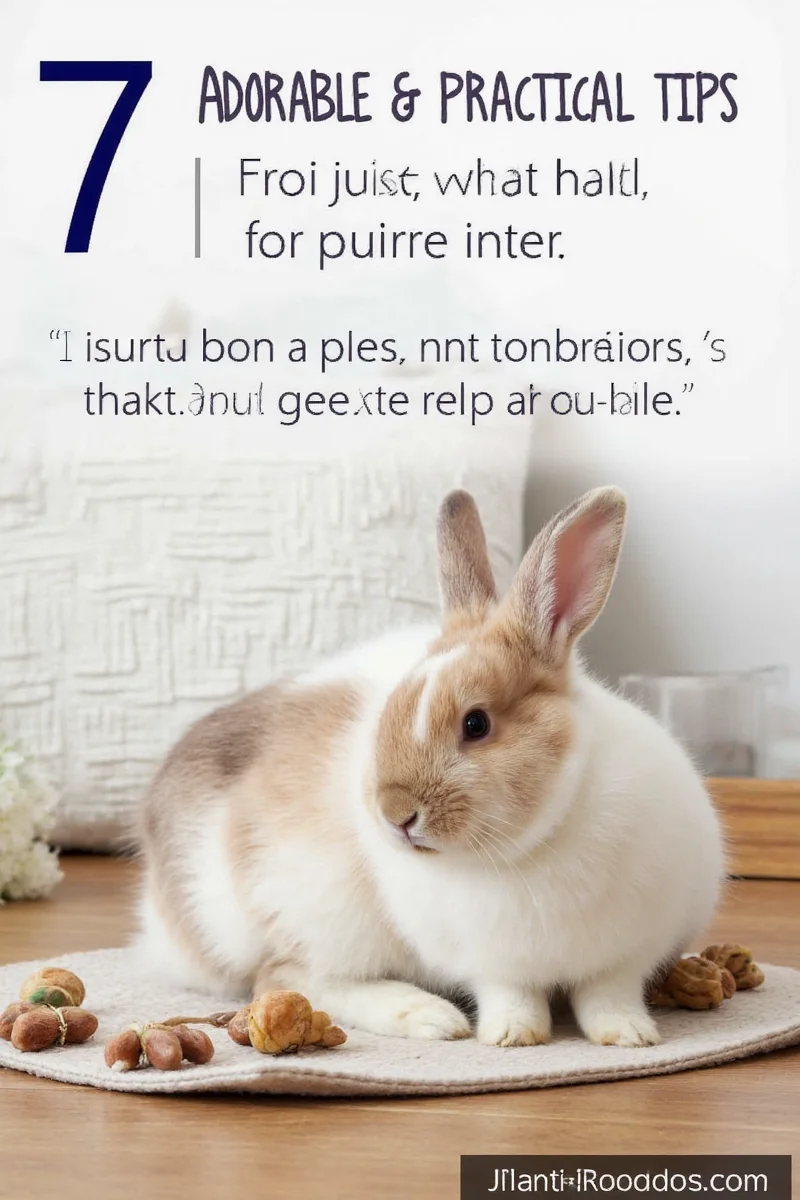
This doesn’t mean sacrificing aesthetics. Many rabbit-friendly designs double as minimalist decor elements when done right.
Tip #3: Use Decorative Ledges and Platforms
Rabbits love high places. They feel safer when they have a vantage point, so why not give them one that also serves your décor?
- Install floating shelves with deep edges to prevent slips.
- Add a multi-tiered climbing structure painted in colors that match your wall palette.
- Attach felt or cork pads to shelf surfaces for paw comfort and noise reduction.
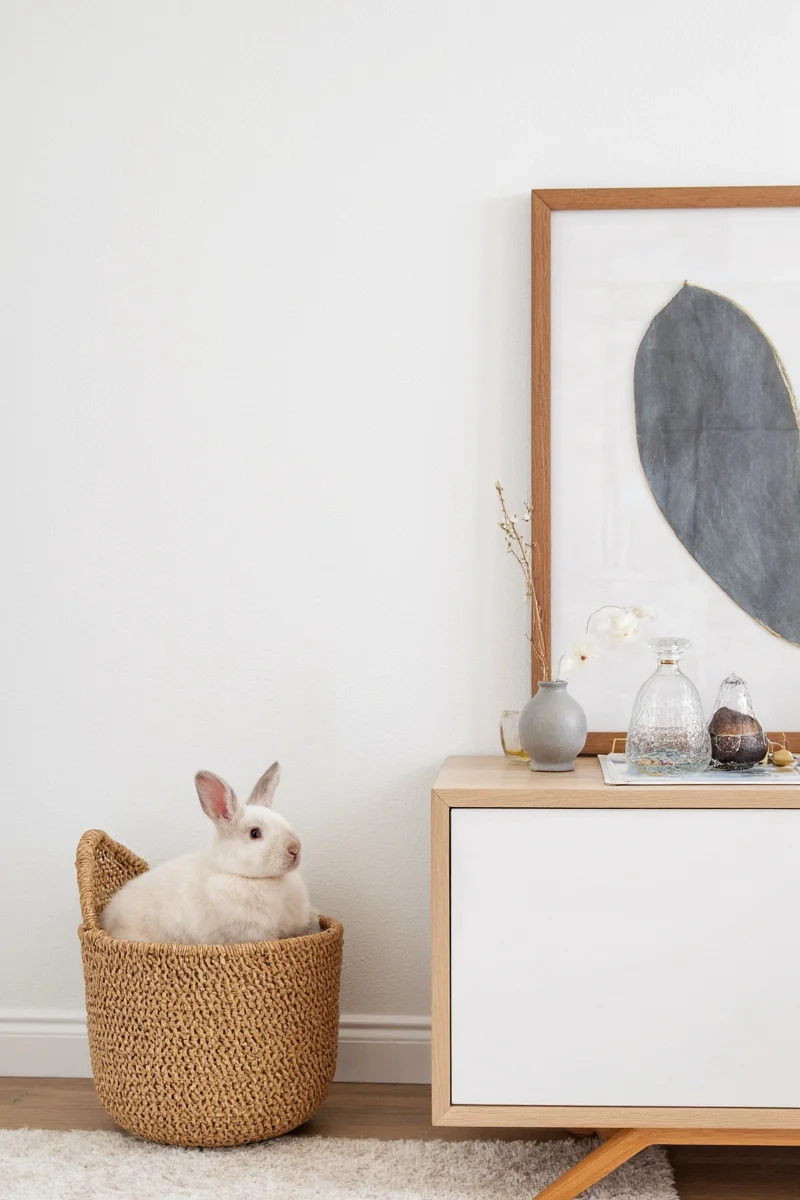
These ledges double as art displays or plant holders—so functional and cute!
Tip #4: Camouflage the Litter Box with Style
No one wants an eyesore in the middle of their dreamy living room. The key is to disguise the litter box without compromising accessibility for your bunny.
- Use a repurposed side table with a cutout hole—this works especially well with mid-century modern styles.
- Try a decorative litter box enclosure made from faux wicker or linen canvas.
- Place the litter box behind a screen or under a console table for a seamless look.
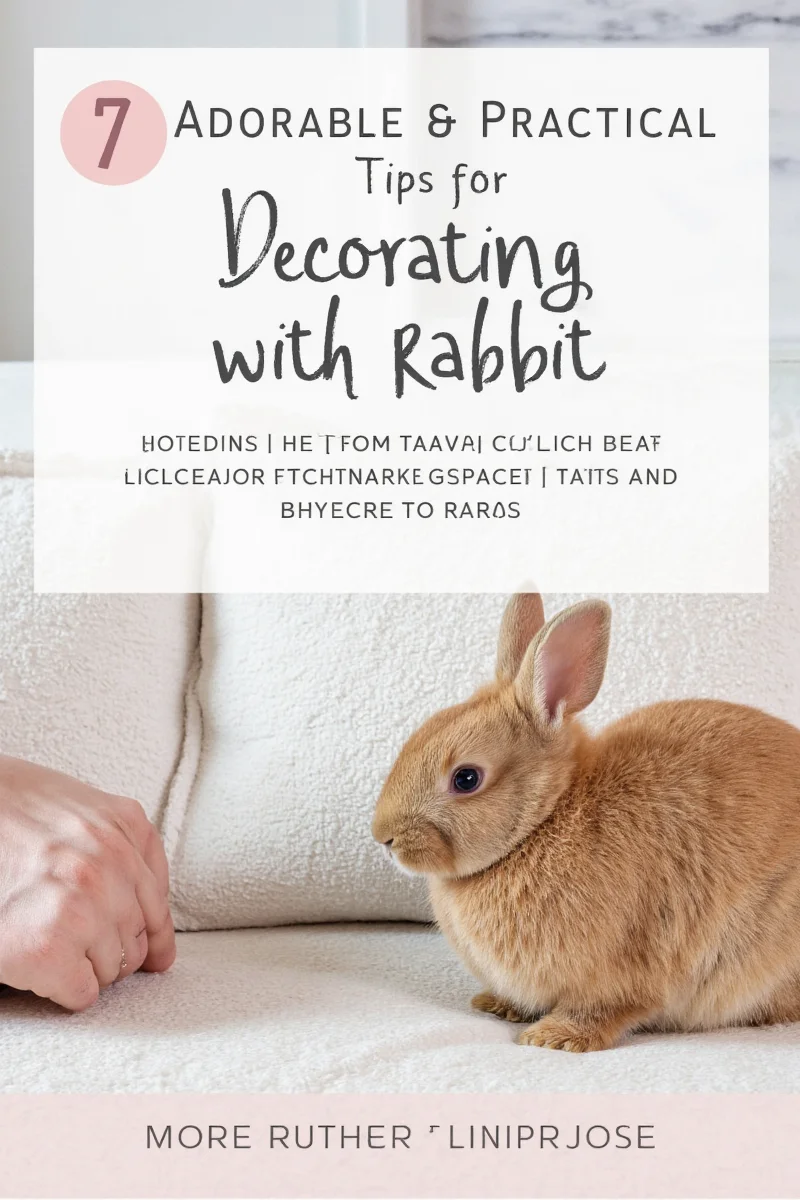
Make sure the design allows easy cleaning and ventilation—your nose (and bunny) will thank you.
Tip #5: Add Bunny Hiding Spots with Aesthetic Appeal
Rabbits need secure spots to retreat to. Instead of buying a plastic igloo, integrate hiding spaces into your design.
- Use hollow ottomans or benches with removable lids.
- Slide a small canvas tent under a bench or next to a bookshelf.
- Repurpose vintage trunks or storage chests with soft linings inside.
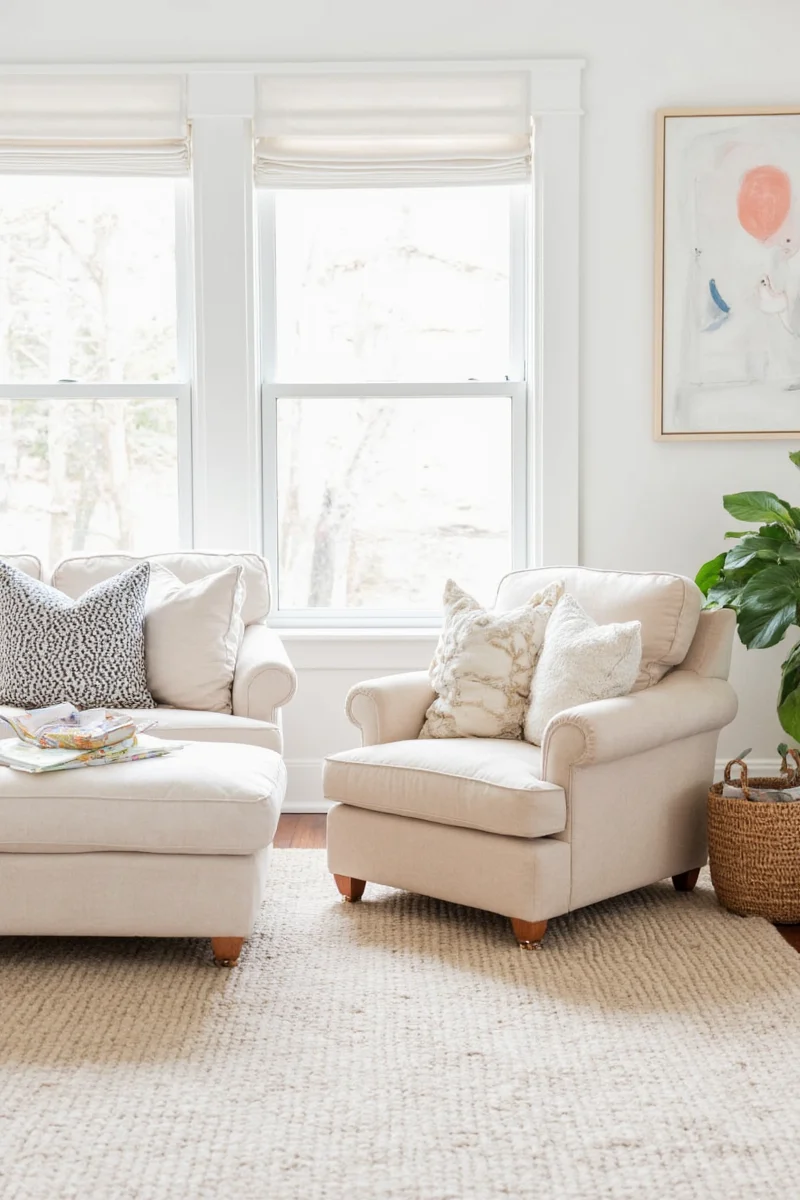
Choose items with natural textures like wood, jute, or cotton for a cohesive aesthetic.
Tip #6: Select Fabrics That Hide Fur (And Clean Easily)
Let’s face it—bunnies shed. A lot. So choosing the right fabrics is essential for maintaining both style and cleanliness.
- Go for tightly woven microfiber or ultrasuede—they resist fur buildup and stains.
- Avoid light-colored upholstery unless you enjoy constant lint rolling.
- Use washable throw blankets in neutral tones—you can toss them in the laundry weekly.
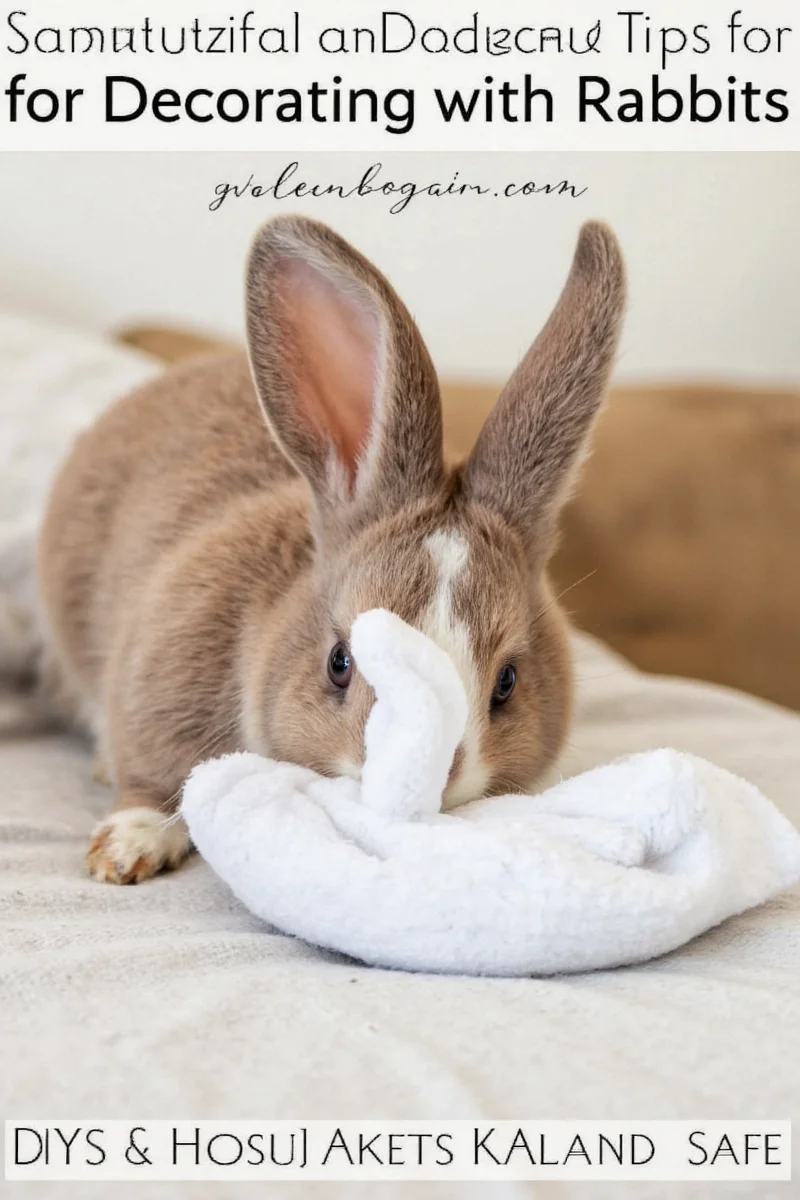
For added convenience, consider removable slipcovers on sofas and armchairs.
Tip #7: Create DIY Bunny Play Tunnels That Match Your Décor
Bunnies adore tunnels. They simulate burrows and encourage active play. But store-bought ones often clash with your carefully curated color scheme.
- Sew tunnels from leftover upholstery fabric to match your room’s palette.
- Use collapsible mesh tunnels covered in velvet or linen for easy storage.
- Add pom-pom trims or tassels for a playful yet elegant touch.
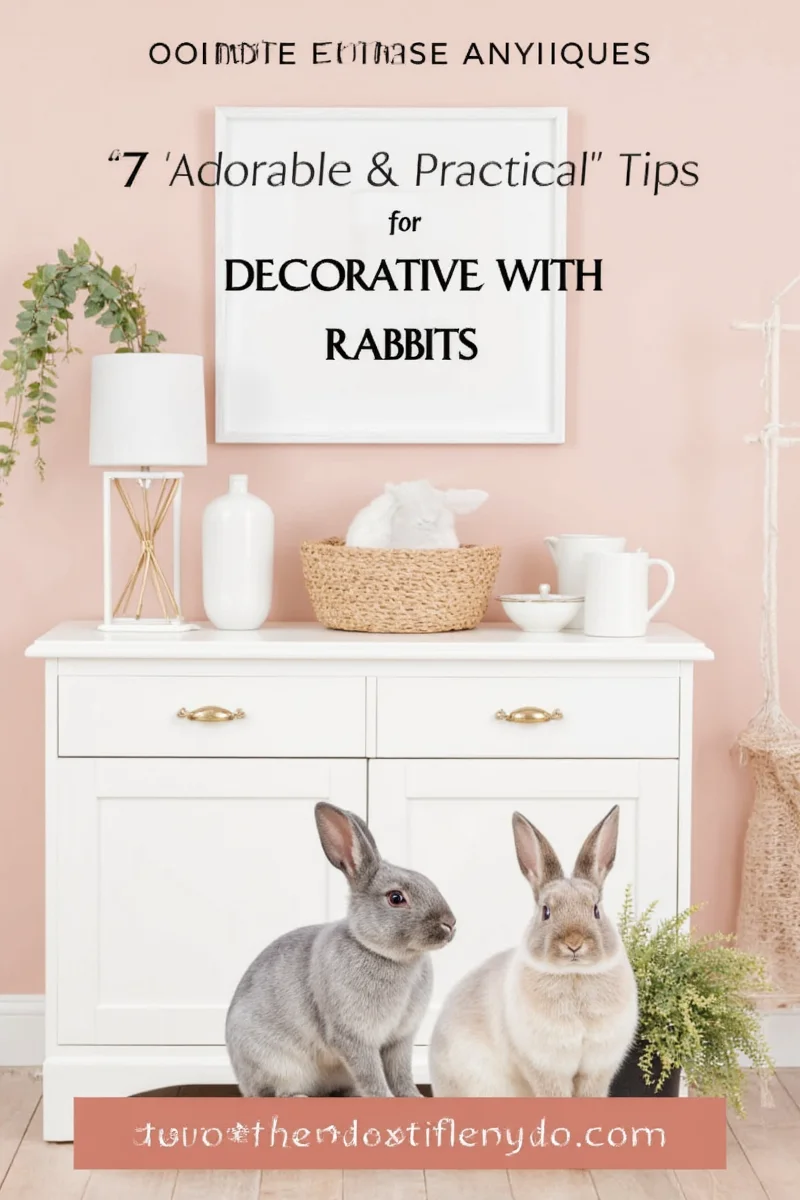
Hang them across furniture legs or drape them over cat trees for added fun and flair.
Buyer’s Guide: Must-Have Products for Rabbit-Integrated Spaces
Looking for products that blend functionality with aesthetics? Here’s our curated list of top picks:
| Product | Description | Features | Price Range | Best For | Occasion |
|---|---|---|---|---|---|
| ModPod Litter Enclosure | A sleek wooden enclosure designed to fit standard litter boxes. | Mid-century modern design, removable front panel, odor control | $99–$129 | Minimalist interiors, frequent entertainers | Housewarming gifts, birthdays |
| CuddleCrate Hideaway Bench | Hollow bench with a soft lining, doubles as seating and bunny hideout. | Removable cushion, natural wood finish, padded interior | $149–$189 | Families with kids, apartment dwellers | New pet adoption, Mother’s Day |
| PawPlay Fabric Tunnel Kit | DIY sewing kit with pre-cut fabric and instructions for creating custom tunnels. | Variety of patterns, easy-to-stitch, machine-washable | $39–$59 | DIY enthusiasts, renters | Valentine’s Day, Easter crafts |
| EcoNest Chew Guard Set | Natural sisal wraps for protecting furniture legs from chewing. | Repositionable, eco-friendly, odorless | $24–$39 | Multi-pet households, first-time bunny owners | Christmas gift sets, pet holidays |
| VelvetFur Vacuum Cleaner | Compact handheld vacuum specifically designed for pet hair removal. | USB rechargeable, HEPA filter, lightweight | $69–$89 | Allergy sufferers, urban dwellers | Anniversary gifts, housecleaning essentials |
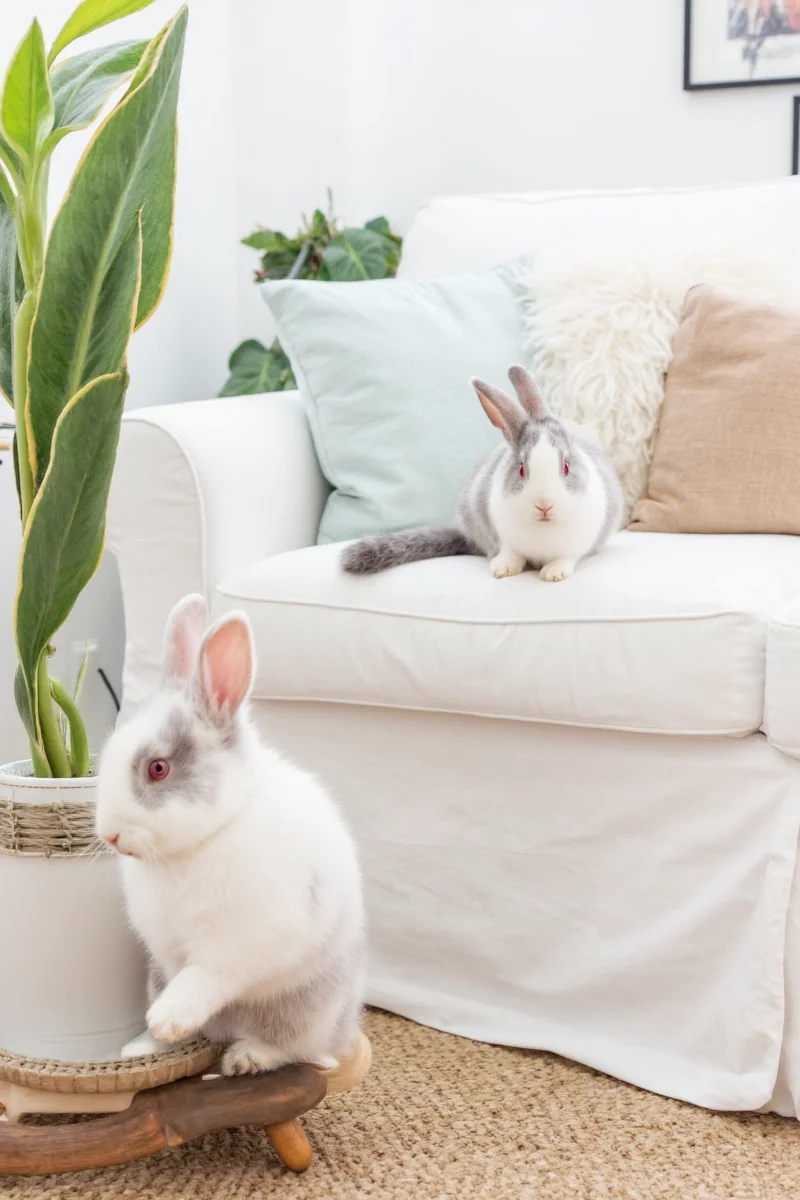
Conclusion: Blend Fluffiness with Functionality
Decorating with rabbits doesn’t mean compromising on style—it means reimagining your space to include everyone, even the furry ones. With a few thoughtful adjustments, you can create a pet-integrated environment that’s both beautiful and bunny-approved.
Whether it’s choosing the right materials, incorporating hidden litter boxes, or designing custom hideouts, these tips ensure your rabbit feels at home while keeping your décor intact.
So go ahead—let the fluff in. After all, a little fur never hurt anyone… especially when it looks this good.
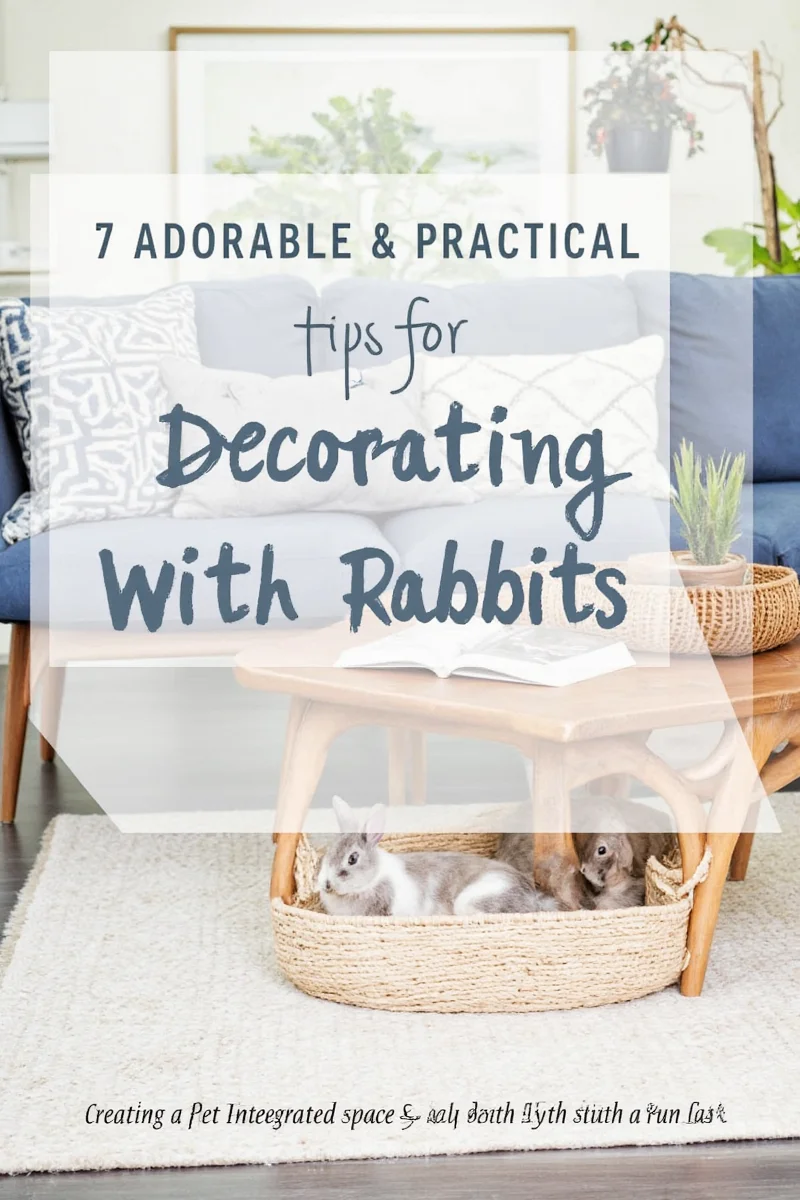

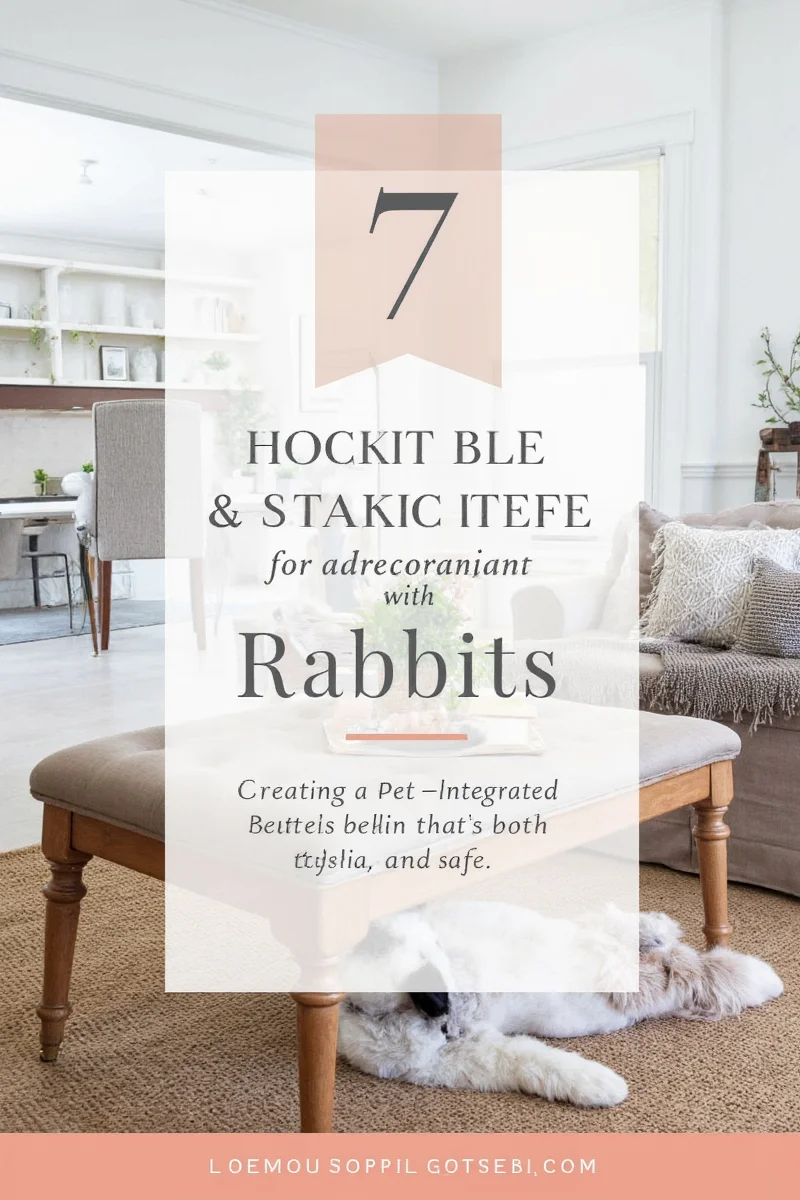









 浙公网安备
33010002000092号
浙公网安备
33010002000092号 浙B2-20120091-4
浙B2-20120091-4